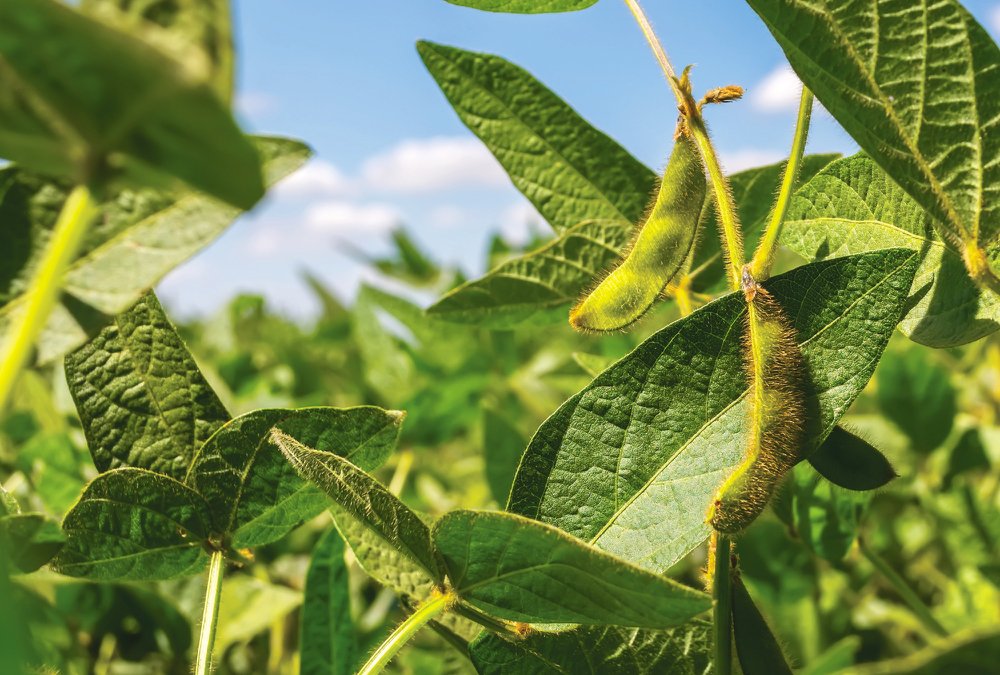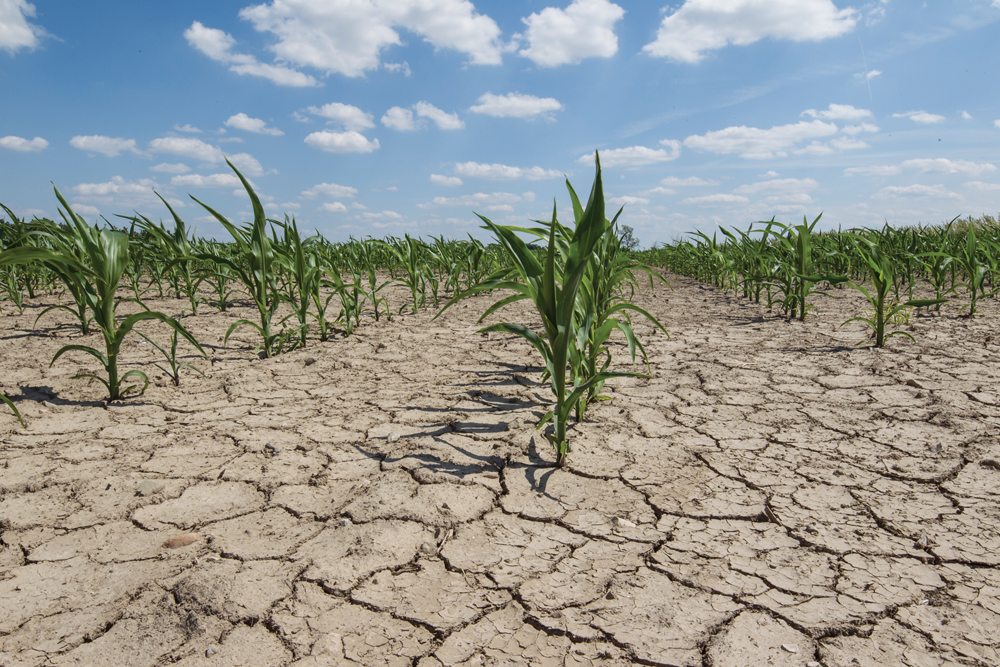Top 10 weed management practices

Hugh Beckie, a research scientist with Agriculture and Agri-Food Canada, said it’s a challenge to get farmers to implement herbicide-resistance best management practices (BMP) because growers are diverse, and one size doesn’t fit all. But Beckie has found that growers who use BMPs tend to have less herbicide resistance.
So, in the spirit of David Letterman’s top-10 lists, Beckie presented his top-10 BMPs.
10. Sound record-keeping

Include weed populations in each field, not just herbicide use.
9. Strategic tillage

Researchers found that growers who included some tillage, even infrequently, had less resistance. Beckie said there is a place for some tillage, especially with weeds such as kochia. Vertical tillage and rotary hoes are two options.
8. Site-specific weed management

Manage resistant patches early, before they spread through the field.
7. Weed sanitation of equipment

Farmers with weed infested fields should begin with their cleanest field and work their way over to the most heavily-infested. Then thoroughly clean equipment once the worst field is complete.
6. Don’t use wheat-selective in-crop herbicides every year on wild oats

Wild oat uses the same enzyme system to break down herbicide as wheat. Using wheat-selective herbicides repeatedly will select for resistant wild oats.
5. Rotate herbicide groups

Every time a crop is sprayed, selection pressure is applied to that population. Spray often enough with the same chemistry, and soon the population of non-resistant weeds will be wiped out, with all that is left are the resistant weeds.
4. Use tank mixes

Growers need to closely following their herbicides’ label directions on timing, specific controlled weeds and correct rates. Deviating from this may reduce herbicide effectiveness and increase weed seeds going back into the soil.
3. Pre- and post-herbicide scouting

Producers need to watch for weed patches and any performance issues that look suspicious, then mark those spots and use various methods to contain the weeds from spreading further.
2. Select competitive crops and implement practices that promote competitiveness

Good agronomy, such as higher seeding rates and the 4Rs of fertilizer application, help establish a competitive plant stand.
1. Crop rotation

Overall, Western Canada does have relatively diverse crop rotations, despite canola being grown frequently. “And I think that has kept the lid on resistance in Western Canada, along with some of the other practices.”














